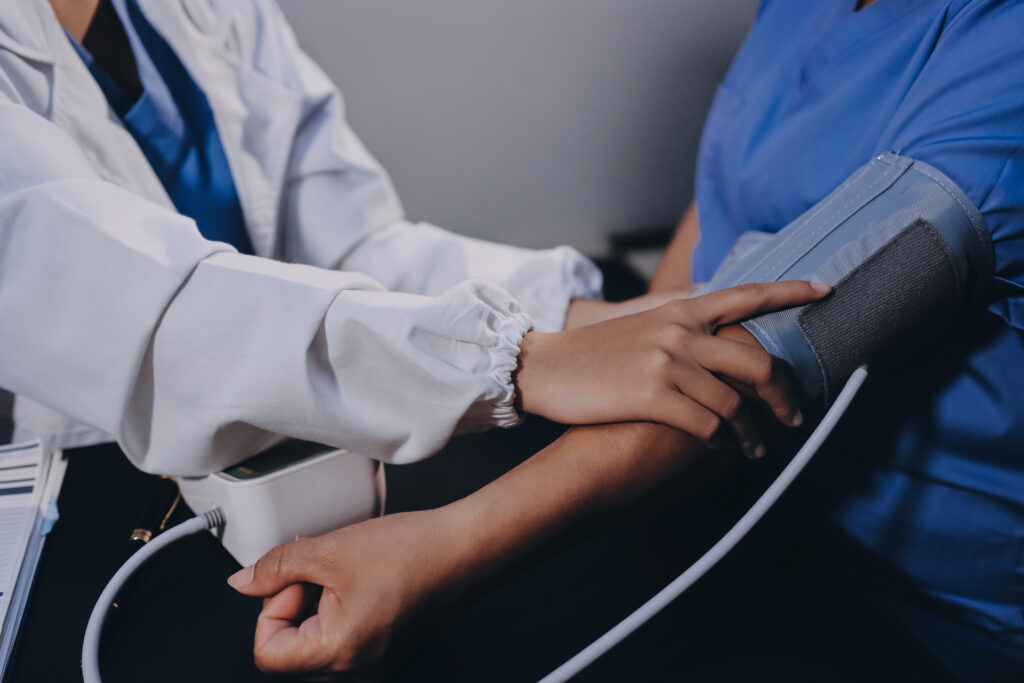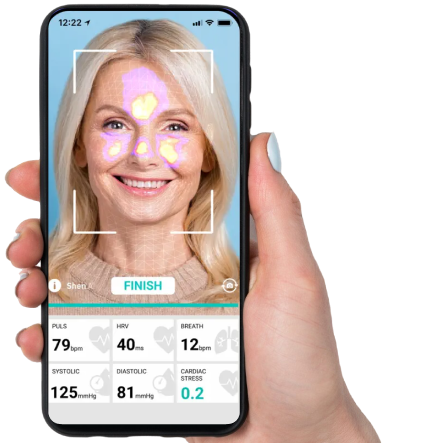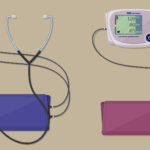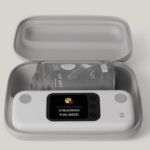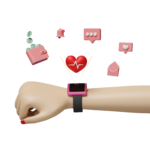A blood pressure cuff of wrong size. More than 17 million Americans are unable to get accurate blood pressure measurements. Blood pressure cuffs are wrong sized for them. This happens because of popular over-the-counter devices with the cuffs that are small or too large for their arms. Researchers of the John Hopkins Bloomberg School of Public Health found this in their recent research.
Black adults are especially affected. The proportion whose arm circumference didn’t match the standard device cuff size was higher among them. Due to societal and historical inequities, Black adults are 30% more likely to have high blood pressure. And Black women face a 50% greater risk.
These findings were presented at the American Heart Association’s Hypertension Scientific Sessions in Chicago and published in the journal Hypertension.
“Many people think measuring blood pressure is simple, but actually, there are many steps that need to be taken to get an accurate reading,” said lead study author Dr. Kunihiro Matsushita, a professor of epidemiology and medicine at Johns Hopkins Bloomberg School of Public Health and Johns Hopkins School of Medicine in Baltimore. “One issue is finding the right cuff size for an individual’s arm size. If the cuff is too small, it will overestimate a person’s blood pressure reading. If it is too large, it will underestimate their blood pressure reading.”
Prior research shows that readings won’t be accurate with the wrong cuff size. A recent study in JAMA Internal Medicine found something astonishing. A too big blood pressure cuff caused about a 4 mmHg lower systolic reading. A blood pressure cuff that was much too small led to a nearly 20 mmHg higher reading. It is enough to miss someone who should be diagnosed with hypertension. It is enough improperly diagnose someone who does not have the condition.
In the new study, researchers evaluated cuff sizes for 10 popular home blood pressure monitoring devices sold by a large online retailer. Nine offered cuff sizes covering arm circumferences from 22 centimeters (about 8.7 inches) to 42 cm (about 16.5 inches. One provided a cuff that covered 22 cm to 40 cm in arm circumference.
Using data from the 2015 to 2020 National Health and Nutrition Examination Survey, they analyzed arm circumference for 13,826 adults who were an average 47 years old. Nearly 7% – equivalent to 17.3 million adults – had arm circumferences that did not match the cuff sizes sold with the devices. The vast majority of people whose arms did not match the cuffs – 6.4%, or 16.5 million adults – had an arm circumference greater than 42 cm.
Among Black adults in the study, nearly 12% had an arm circumference that didn’t match available cuff sizes, compared to about 7% of white adults and 5% of Hispanic adults.
Cuff sizes vary by model and manufacturer, and a range of sizes is not always available. Recent data from a national survey suggests about half of adults in the U.S. with high blood pressure need a large or extra-large cuff.
One solution would be to change the size of the standard cuff, Matsushita said. Shifting cuff size range to fit 25 cm to 45 cm, instead of 22 cm to 42 cm, could make it a good fit for 2.3 million more adults in the U.S., the researchers concluded.
Accurate blood pressure readings can be difficult to obtain, both in the health care setting and at home, said Dr. Karen Margolis, a senior investigator at HealthPartners Institute in Minneapolis.
Readings are subject to errors when proper procedures are not followed, Margolis said. Blood pressure also can increase in a health care setting because people become anxious, a situation referred to as “white coat hypertension.”
“The best way to counteract those problems is to have accurate blood pressure measurements taken at home on a regular basis,” she said.
Prior research shows that the majority of home blood pressure monitors people use are not validated, said Margolis, who was co-author of a policy statement from the AHA and American Medical Association on the importance of measuring blood pressure at home.
A list of validated machines can be found at validatebp.org. The website allows users to filter machines by available cuff size, brand, price range and other features.
